
Protecting aluminum surfaces before and after finishing is crucial to a completed project. You invest heavily in the quality finish of your products and rejected or damaged material can affect your bottom line in several ways.
One of the most popular methods of aluminum protection is a polyethylene based surface protective film, often referred to as polymask. Polymask products are designed to prevent abrasion, marring, scratching, and staining of exposed surfaces during manufacturing, finishing, assembly and delivery.
Polyethylene based, polymask products offer either an acrylic or rubber adhesive system. Acrylic adhesives are best used for architectural aluminum as rubber adhesive systems are ultra-aggressive and can be extremely difficult to remove. The strength of the adhesiveness is referred to as a number, and the larger the number the stronger the hold. Most polymask material is available with an adhesiveness up to 120.

It is important to match the protection film adhesivenss to the material surface to ensure ease of removal without trace or damage to the aluminum. Linetec uses a Poli-Film brand water-based acrylic polymask with an adhesiveness of 48 on most material packaged in our facility. In some cases, where the finished aluminum surface is extremely delicate, an adhesiveness of 20 is used. A key point to remember is that the polymask only needs to stick to the aluminum surface, it should not be difficult to remove.
Using too strong of an adhesive can cause several issues including:
- increased labor hours to remove
- residue left behind, that cannot be seen, may not be removed by paint or anodize pretreatment systems and can lead to a flawed finish
- damage to mill aluminum and /or the aluminum’s finish
Polymask material is a temporary protective covering that should not be left on material for a prolonged period of time. Storage conditions should:
- avoid any direct sunlight, and keep within a closed building
- maintain a temperature of 45° to 80° F
- maintain a steady humidity range between 20% to 80%
- be kept dry and free from all water, oils, or other contaminants
- ensure material is kept away from extreme pressure, material stacked in crates for shipping purposes should not be left stacked on top of each other
These conditions generally dictate that masked surfaces not be subjected to prolonged storage, and the protective masking be removed as soon as possible.

Plasticizer migration, or discoloring of the painted or anodized finish, can occur from improper or prolonged storage of polymasked material.
Water staining is also a serious problem that can occur because of improper procedures, either during packaging or storage. In the presence of moisture, and under certain conditions, the mill aluminum will stain. Aluminum will stain when water is trapped between wraps, sheets, or other mating material. If air flow is not allowed to remove the water, prolonged contact between the water and mill aluminum causes a reaction between the two which results in water staining.
Polymask offers solutions for varying material types and shapes, and a broad range of finishes with varying gloss levels. Using the correct film type and adhesiveness offers optimum protection for your projects.
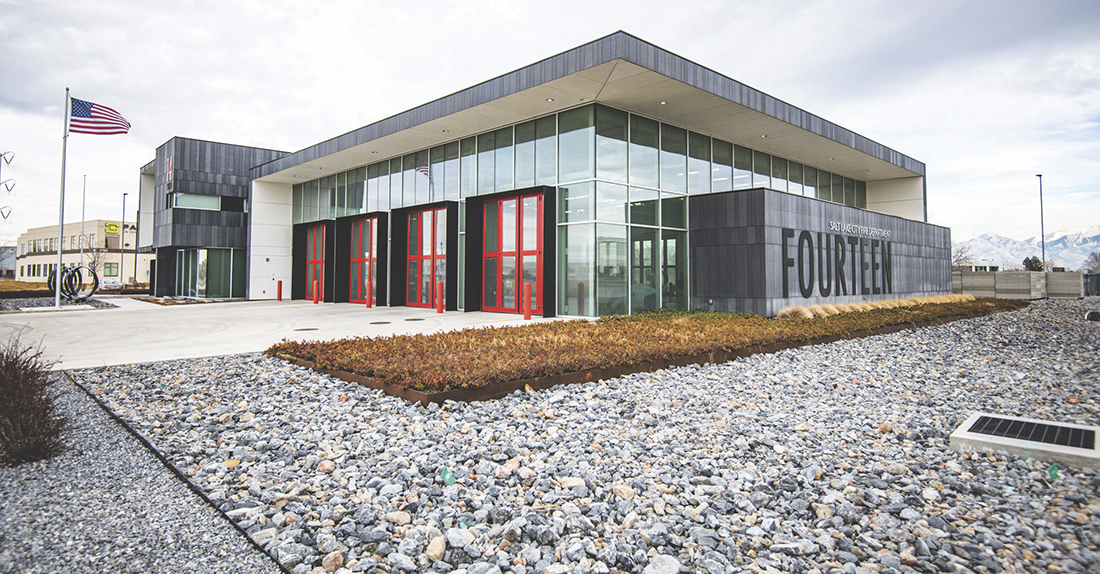

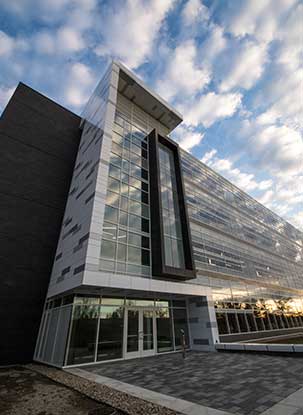
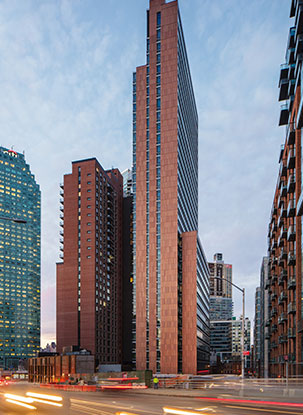
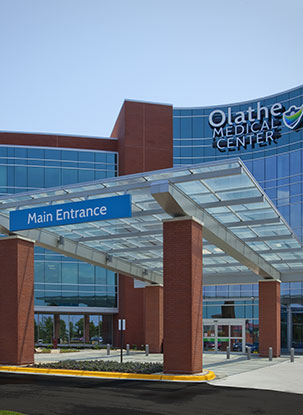

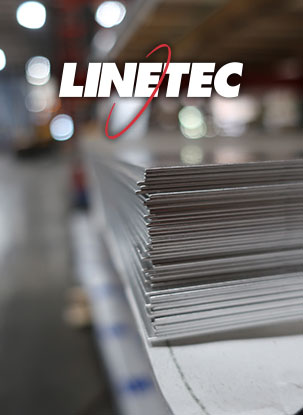
There are various advantages of surface protection film. It protects the surface from scratching, ageing and other damages. Thanks for sharing.